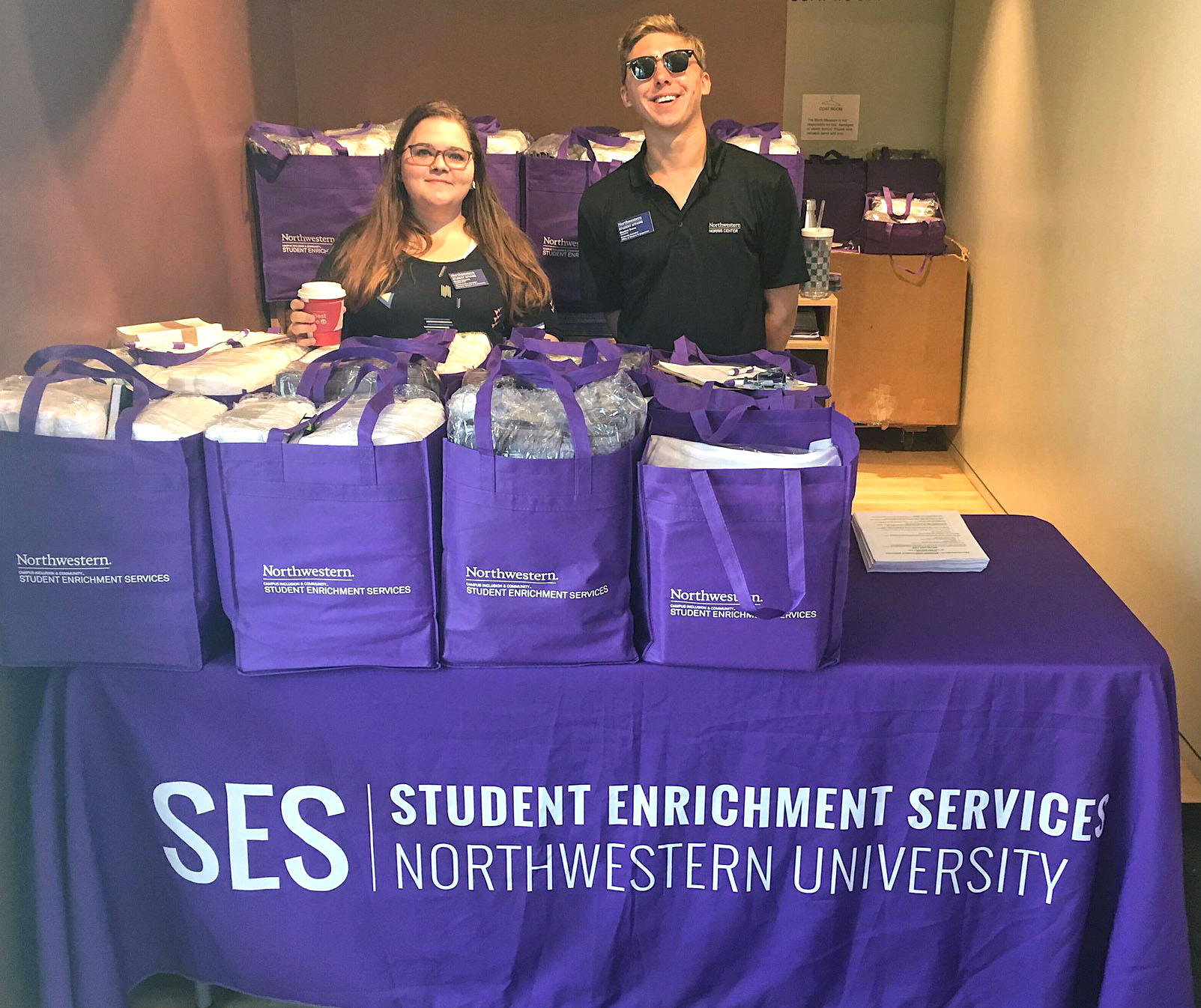Every student sees something different when looking at a school. Whether it’s the professors or the social environment or the student organizations, every individual will have something different to take away from their college experience. The same goes for Northwestern; on such a diverse campus, I talk to people who have classes in buildings I’ve never heard and see signs for student involvement in activities I’ve never experienced before. When I stepped on campus for the first time on an admitted student’s day last spring, that thrum was so appealing. But, from my application to my acceptance to my coming to campus as a part of the Class of 2021, the only thing I could see was the dollar signs on the tuition bill.
There’s tons of literature online on how to apply for scholarships, how to apply for financial aid. Northwestern’s own website provided so much of this that I was set in submitting my application. In my (admittedly biased) experience, Northwestern’s no-loan policy was the best thing I could have asked for when questioning whether or not I could afford college. But there’s so much more involved with going to school than the check you have to write at the beginning of each quarter. There are books, digital homework systems, clickers (devices you use to respond to answers in-class,) transportation, food, coffee… the list could go on forever. I was so scared that being on campus would completely drain the money I had worked for over the summer; it’s a very real fear for low-income students. If not for the Student Enrichment Services office, I can’t imagine what this Florida boy would be doing come winter!
The Student Enrichment Services office is an incredible resource for low-income students. Started by the Quest Scholars network in 2012, the office uses grants to make sure that students who come from low-income backgrounds get the resources they need to be successful on a college campus beyond financial aid. One of these such programs includes the Querrey Laptop Grant, which gives qualified students a laptop to use for their four years on-campus (and happens to be the laptop I’m using to write this blog post).
I got the chance to speak with Christina Smith, one of the office’s dedicated staff members. Raised on the South Side of Chicago in the Chicago Public School system, she knows personally the struggle of coming to a large institution unsure of what to expect financially. “I came from a job where I worked with first-generation and low-income community college students,” she said when I asked her about her background, “and all of us in the office identify as low-income or first-generation college students. I know a lot of students come here with no idea what we have available. We all want to help!”
Smith eagerly shared her favorite SES program was the winter gear initiative. “I have seen so many of my friends run from Chicago because they weren’t prepared for the winter and I don’t want that to happen to you guys!” I got a sneak peak of this year’s inventory: a room stuffed with coats, hats, and gloves for students who couldn’t afford them.
When the Class of 2021 arrived on campus, SES was there for students who needed towels, washcloths, and sheets to move-in to a dorm without fear of breaking the bank. I’ve been to two or three of events through the office, each highlighting a different aspect of surviving financially and socially on-campus as students of incredibly different backgrounds. All of us were even invited to the Books for Cats program, a system for low-income and first-gen students to rent the books and access codes they need for first-year classes.
If there’s anything to take away in your search for the right college, it’s that you need to go somewhere you feel supported. I may have been a bit scared of the cost of books and coats and food and coffee at first, but now I’m so grateful to have SES on my side. They make my Northwestern experience so much brighter.
